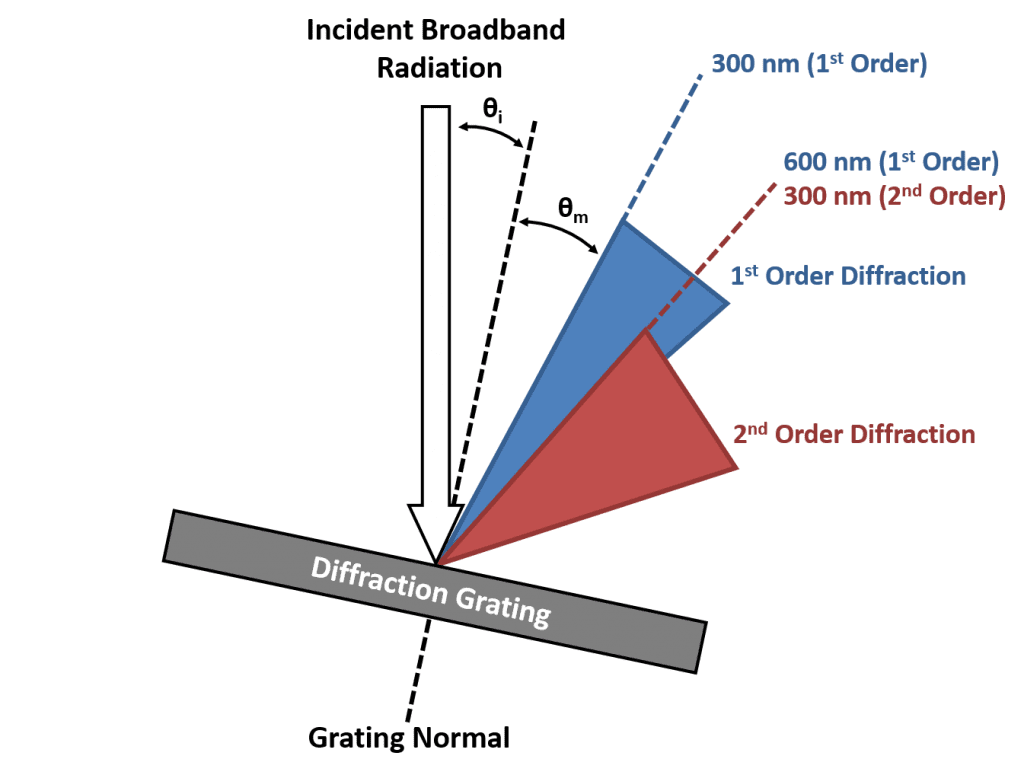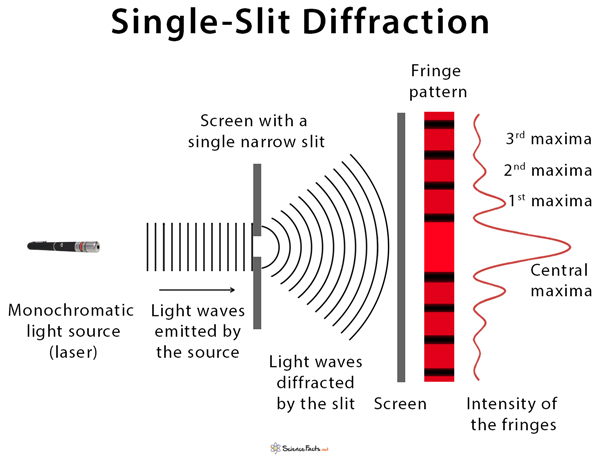

Alkhalifah, 2012, Application of multi-source waveform inversion to marine streamer data using the global correlation norm: Geophysical Prospecting, 60, 748–758, doi: 10.1111/j. GPYSA7 0016-8033 Abstract Web of Science Google Scholar
#Diffraction angle full#
Wu, 2018, Full model wavenumber inversion: Identifying sources of information for the elusive middle model wavenumbers: Geophysics, 83, no. 6, R597–R610, doi: 10.1190/geo2017-0775.1. Plessix, 2014, A recipe for practical full-waveform inversion in anisotropic media: An analytical parameter resolution study: Geophysics, 79, no. 3, R91–R101, doi: 10.1190/geo2013-0366.1. Alkhalifah, T., 2016, Full-model wavenumber inversion: An emphasis on the appropriate wavenumber continuation: Geophysics, 81, no. 3, R89–R98, doi: 10.1190/geo2015-0537.1.GJINEA 0956-540X Crossref Web of Science Google Scholar Alkhalifah, T., 2014, Scattering-angle based filtering of the waveform inversion gradients: Geophysical Journal International, 200, 363–373, doi: 10.1093/gji/ggu379.JGREA2 0148-0227 Crossref Web of Science Google Scholar

Husebye, 1976, Determination of the three-dimensional seismic structures of the lithosphere: Journal of Geophysical Research, 82, 277–296, doi: 10.1029/JB082i002p00277. Using the synthetic Marmousi-II data and real ocean-bottom seismic data from the North Sea, we determined that diffraction-angle filtering enables us to control low-, intermediate-, and high-wavenumber components of the gradient direction. With this mechanism, we can design various types of diffraction-angle filtering to control the updates of wavenumber components of the misfit gradient with respect to the P-wave velocity. The DAF-II is derived from the artificial shear strain of the incident P-wave and additionally suppresses energies at intermediate diffraction angles. DAF-I is exactly identical to the conventional inverse scattering approach. The former is derived from the particle acceleration of the incident wavefields and suppresses energies at either small or large diffraction angles by changing the sign of the weighting factor. Diffraction-angle filtering consists of two diffraction-angle filters (DAFs), DAF-I and DAF-II. Diffraction-angle filtering is applied to the virtual source, which is the model parameter perturbation acting as a source for the partial derivative wavefields. Motivated by the inverse-scattering imaging condition and elastic FWI, we have applied a diffraction-angle filtering technique in acoustic FWI, which enables us to separate transmission and reflection energy in the partial derivative wavefields. Simultaneous matching of transmitted and reflected waves in seismic FWI causes different updates of different wavenumber components of a given model depending on the diffraction angle between incident and diffracted rays. Seismic full-waveform inversion (FWI) estimates subsurface velocity structures by reducing data misfit between observed and modeled data.


 0 kommentar(er)
0 kommentar(er)
